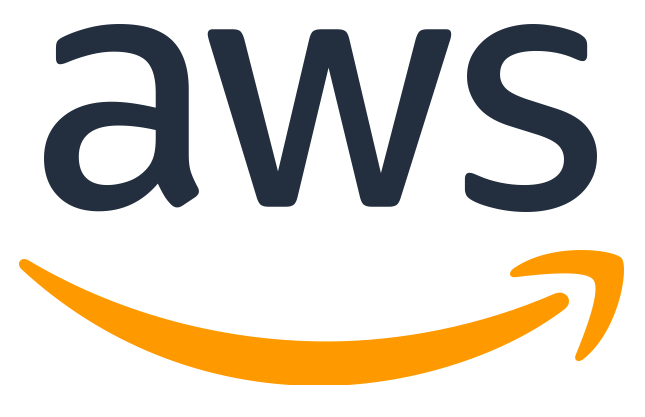Expand the power of AWS and the control over your cloud resources
Centricity is a proprietary CloudHesive platform for customers who are looking for greater control over their cloud network. Formerly called CloudPoxee, it monitors and manages performance, schedules and simplifies work, works on various platforms, is scalable with different-sized cloud networks, and offers advanced security, reliability, and flexibility.
It does this through its integration with Amazon Web Services and its relationships with specific AWS components.
Interfacing with EC2 and EBS
Amazon offers two important storage solutions, both of which Centricity works with. The first is Amazon Elastic Compute Cloud (Amazon EC2) which is a web service interface which secures and resizes cloud computing capacity. This allows users to address cloud needs as they come, scaling capacity larger or smaller almost instantly in Amazon’s proven environment. Amazon EC2 changes the economics of cloud computing by only charging users for the capacity they use, while also providing them with the tools needed to ensure success and isolate failures.
Amazon Elastic Block Store (Amazon EBS) is a service that provides block storage volumes in EC2 and other AWS cloud instances, offering the user consistent and low-latency performance. This performance ensures that workloads run smoothly, as well as offers protection against component failure. As with EC2, you can scale your usage up or down within minutes, allowing you to only pay for what you use. EBS is also compatible with other applications, including Hadoop/HDFS ecosystem, Amazon EMR clusters, Microsoft SQL Server, Cassandra, MongoDB, Kafka, Splunk, Vertica, and Teradata.
Centricity’s four main modules
Centricity interfaces have four main modules that interface with AWS components to provide greater control over and visibility into your cloud. These modules are Orchestrator, Mediabox, Secure Workspaces, and Customer Connect.
Orchestrator (built on top of Amazon IaaS) allows users to schedule AWS EC2 environments and EBS snapshots, and to migrate those snapshots.
Mediabox works on top of Amazon Elemental to act as an end-to-end solution up to delivery, allowing users to examine player integration, metrics of content viewership, and player activity.
Secure Workspaces relies on AWS and Liquidware management software, providing users with the security controls they need to make sure their workspaces are safe, compliant, and operating at peak performance.
On top of all that, Customer Connect is a customer-service center based on Amazon Connect that keeps users up to date with real-time dashboards and reports, as well as portals for listening to recordings and viewing transcriptions. It ensures that everything is well-monitored and regulated through your cloud-based contact center.
Centricity enhances Amazon Connect
Amazon provides great functionality with Connect but it has a few gaps which are filled by Centricity’s Customer Connect. Some of the functions provided by Centricity are:
- Real-time dashboards
- Better Reporting
- Call recording interface
- Automatic transcription of all call recordings
- Ability to integrate voice mail to be transcribed and added to the Case
- Custom CSAT surveys and data capture
- Access to Connect expertise
These all serve to increase the functionality and flexibility of an already great service, specializing it to suit the custom needs of each user.
To learn more about how Centricity gives you greater control over your cloud resources, call CloudHesive at 800-860-2040 or get in touch through our online contact form today for more information.



